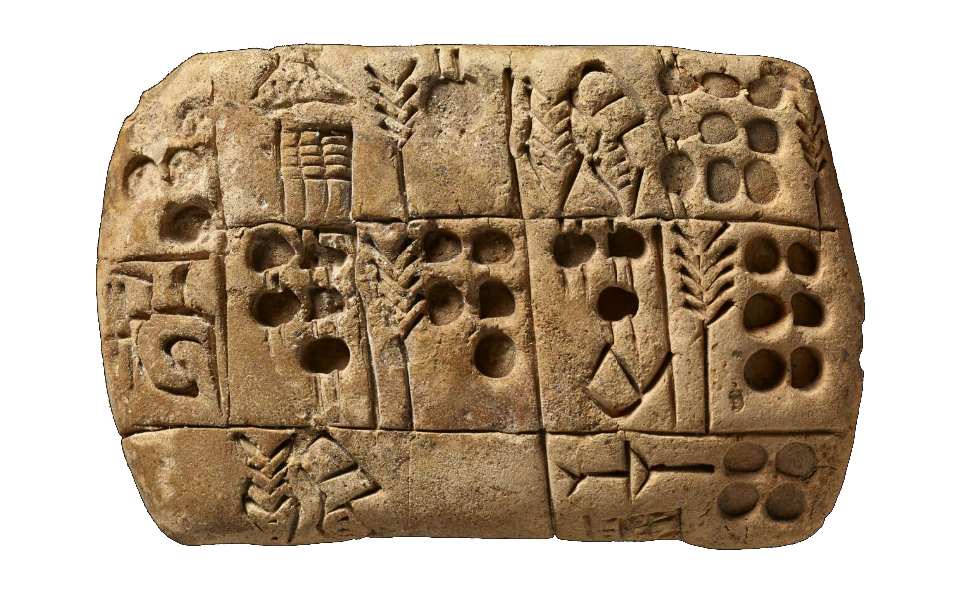
Invoices and records of transactions were made as early as 5000 BC in Mesopotamia.
The merchants used to carve details of transactions on clay or stone tablets using the earliest form of math.
Invoicing later evolved to hand-written invoices on animal skin, parchment, or paper.
These invoices contained most of the elements of a modern invoice and used signatures or seals.
The invention of computers brought about the next big change in invoicing.
This a revolution was triggered by the desire to reduce traditional costs and labor. Invoicing became cheaper, easier, and faster with electronic invoices.
The advent of the internet led to better, more secure, more greenways to communicate with clients.
Online invoices are paperless as the invoices are sent through email, and payments are made online.
Invoicing in the modern world has gone mobile. Specialized SaaS (Software as a Service) companies ensure that invoicing is now automated, secure, and instant, so you can invoice on the move.